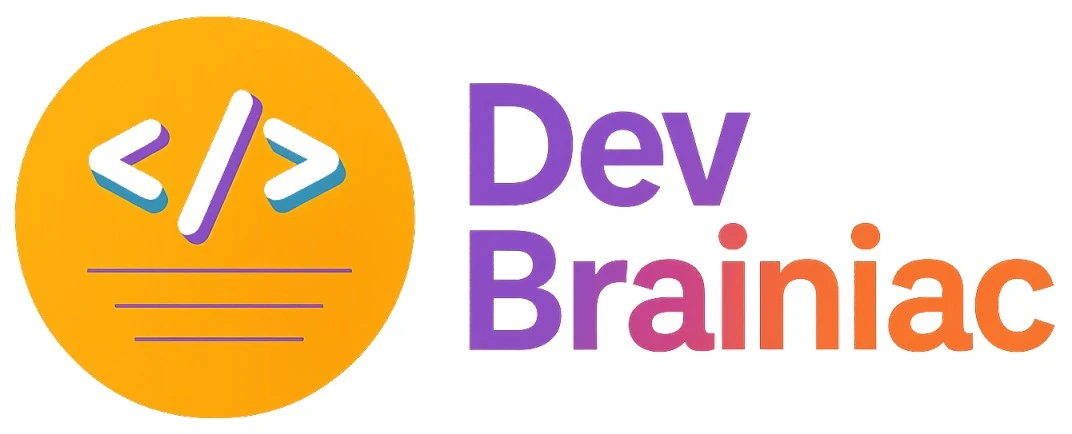Question 1
Which of the following properties is essential for a good hash function?
1
It must produce only prime numbers
2
It must be slow to compute
3
It should distribute keys uniformly
4
It should generate the same hash for different inputs
Question 2
What is a "collision" in hashing?
1
When a hash function fails to generate a unique key
2
When two hash functions produce the same output
3
When a hash table runs out of space
4
When two different inputs produce the same hash value
Question 3
Which of the following is NOT a collision resolution technique?
1
Linear Probing
2
Double Hashing
3
Separate Chaining
4
Quick Sorting
Question 4
In open addressing, which of the following techniques involves checking the next available slot sequentially?
1
Linear Probing
2
Quadratic Probing
3
Separate Chaining
4
Double Hashing
Question 5
Which hash function is commonly used for cryptographic applications?
1
MD5
2
SHA-256
3
CRC32
4
All of the above
Question 6
Which of the following is NOT a property of a cryptographic hash function?
1
Fast reversibility
2
Pre-image resistance
3
Deterministic output
4
Avalanche effect
Question 7
Which of the following best describes hashing?
1
A method for encrypting data securely
2
A method for compressing data
3
A technique to sort data efficiently
4
A method to convert data into a fixed-size value for fast retrieval
Question 8
Double hashing uses
1
A hash and an encryption function
2
Two hash functions to compute probe sequences
3
Two hash tables
4
Two keys for one value
Question 9
If the hash table size is m, which of the following ensures minimal collisions?
1
Choosing m equal to 2ⁿ
2
Choosing m as a prime number
3
Choosing m as a multiple of 10
4
Choosing m as an even number
Question 10
In open addressing, primary clustering occurs mostly in which probing method?
1
Separate chaining
2
Quadratic probing
3
Double hashing
4
Linear probing
Question 11
Which hashing scheme uses a random choice of hash function from a family to ensure good average performance regardless of the input?
1
Division method
2
Open addressing
3
Universal hashing
4
Multiplication method
Question 12
What is the expected time complexity of search in a well-distributed hash table using chaining with load factor α = n/m?
1
O(α²)
2
O(n)
3
O(1 + α)
4
O(log n)
Question 13
In open-address hashing using linear probing, what issue is most responsible for performance degradation as load factor increases?
1
Secondary clustering
2
Coalesced chaining
3
Double hashing
4
Primary clustering
Question 14
Which of the following is not a desirable property of a good hash function?
1
Minimizes collisions
2
Produces sequential contiguous values for similar keys
3
Distributes keys uniformly
4
Easy to compute
Question 15
Given a hash table of size 7 and keys inserted: {9, 4, 17, 24} using h(k) = k mod 7 and linear probing for collisions, what is the resulting slot index of key 24?
1
6
2
4
3
5
4
3
Question 16
What is the load factor α of a hash table and why is it important?
1
α = n/m, it measures number of keys per slot and influences performance
2
α = n×m, it measures overall memory usage
3
α = m/n, it measures table size ratio to number of keys
4
α = number of collisions divided by m
Question 17
What is the best hashing function characteristic for a HashMap?
1
It should always return the same value.
2
It should work only for numbers.
3
It should minimize collisions and distribute keys uniformly.
4
It should generate the same hash for similar values.
Question 18
What is the impact of using a poor hash function in a HashMap?
1
Faster lookup times
2
Increased memory consumption
3
The HashMap will throw an exception
4
More collisions, leading to performance degradation
Question 19
What is the recommended load factor for optimal performance in a Java HashMap?
1
0.9
2
0.7
3
1
4
0.75
Question 20
What happens if two different keys have the same hash code in a HashMap?
1
The HashMap throws an exception.
2
The second key-value pair replaces the first.
3
The keys are ignored.
4
Both key-value pairs are stored in the same bucket using chaining or tree-based storage.
Question 21
Which of the following statements is true about Java HashMap’s key lookup process?
1
HashMap sorts keys before performing lookup.
2
HashMap uses a binary search algorithm for lookups.
3
The key lookup is always O(1).
4
HashMap checks hashCode() first, then uses equals() to confirm key identity.
Question 22
What is the main advantage of using a perfect hash function?
1
It reduces memory usage significantly.
2
It allows duplicate keys in HashMap.
3
It automatically resizes the HashMap.
4
It ensures no collisions occur.
Question 23
Which technique is used in distributed key-value stores to distribute keys across multiple nodes efficiently?
1
Chaining
2
Hash Code Modulo
3
Consistent Hashing
4
Bloom Filters
Question 24
What is "load factor" in a hash table?
1
The ratio of occupied slots to the total capacity
2
The time taken to insert an element
3
The maximum number of elements allowed in a hash table
4
The percentage of non-empty slots in a hash table
